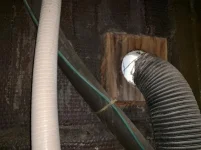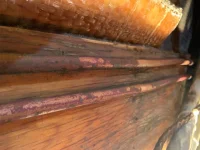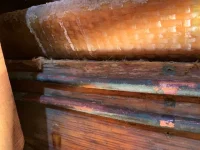JD5652
Well-known member
- Joined
- Mar 23, 2019
- Messages
- 763
- Status
- OWNER - I own a Hatteras Yacht
- Hatteras Model
- 58' LRC (1975 - 1981)
When I removed my 1976 vintage washer/dryer out of the closet, it exposed a run of wiring and copper water pipes that feeds the forward state room. The copper water pipes had some corrosion built up on them and I gently removed most of it. The pipes on either side of washer/dryer compartment do not seem to have the same level of corrosion.
I'm trying not to open up a can of worms here, and am thinking about a few different solutions:
Hope those that have dealt with this can provide some insight.... thanks in advance!
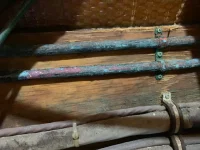
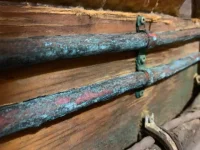
I'm trying not to open up a can of worms here, and am thinking about a few different solutions:
- Coat copper pipes with product such as Ospho or POR 15 to alleviate any additional corrosion
- Replace that 4- 5 foot section of copper pipe with new copper pipe
- Replace that 4 - 5 foot section of copper pipe with PEX or similar
- Replace entire run of copper pipe from engine room to forward state room with PEX or copper or similar
Hope those that have dealt with this can provide some insight.... thanks in advance!


Last edited:


